Jan 25th 2023 - Team
What is a Scone? Origins, Tips How to Make the Best Ones and More!
Have you treated yourself to a delicious British scone? It is ideally served with clotted cream and jam for the perfect pairing with your cup of tea! Read on to learn how to make this basic scone recipe and create any flavor of scone.
What is a Scone?
Scones are classified as fast bread in the baking world because the chemical leavening agent is used instead of yeast to make the bread rise. Scones and other quick bread like biscuits can be produced and baked rapidly.
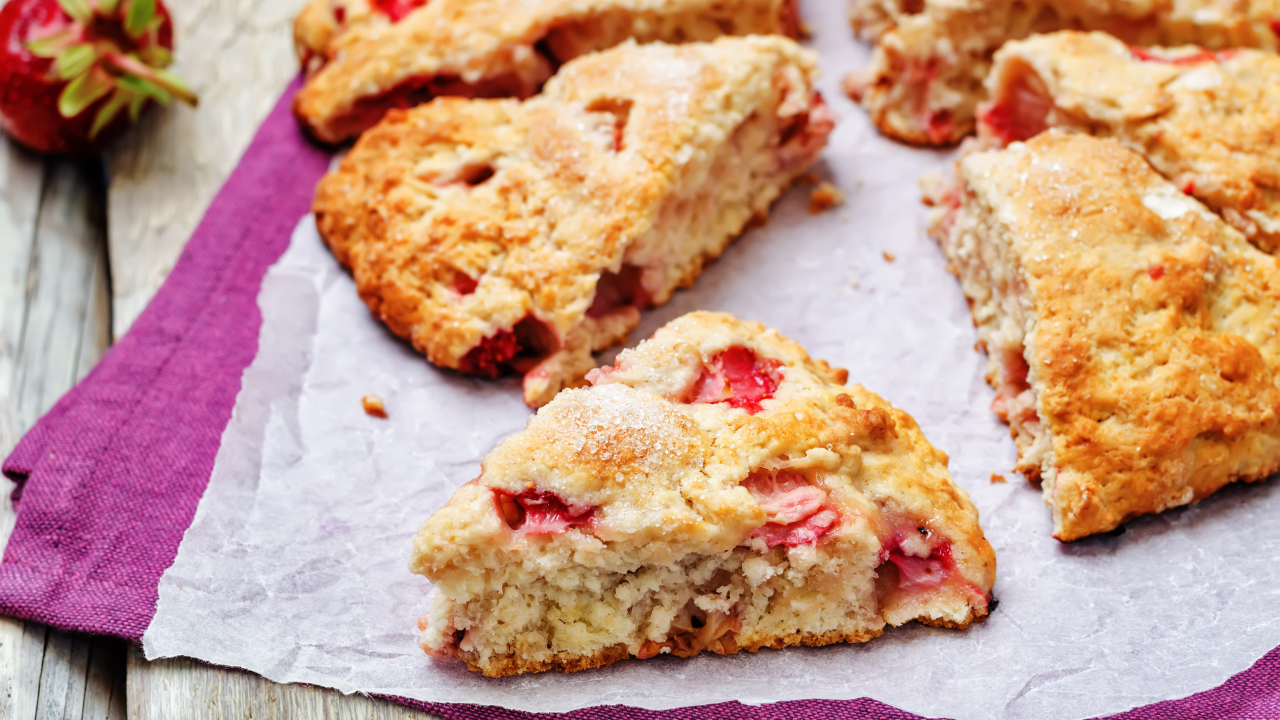
The term "scone" varies depending on where you live. English scones are more like American biscuits and are frequently served with butter, jam, or clotted cream while American scones are unique, which isn't always a bad thing! Today's scones are sweeter and heavier, and they are rarely topped with butter since they already contain so much butter aside from the sweetness, there's still room for some vanilla icing or a dusting of confectioners' sugar (powdered sugar) on top.
Origins of Scones
The scone's origins can be traced back to the British Isles. The first scones were baked in cast iron pans hung over cooking fires in rural England and Wales Scones are closely connected to the griddle-baked flatbread known as Bannock in Scotland.
What Is The Distinction Between A Biscuit And A Scone?
If you reside in a monarchy ruled by the King, "biscuits" are cookies, while "scones" are comparable to American biscuits. However, as with practically everything else that Americans acquired from the British, we had to adapt them to our needs.
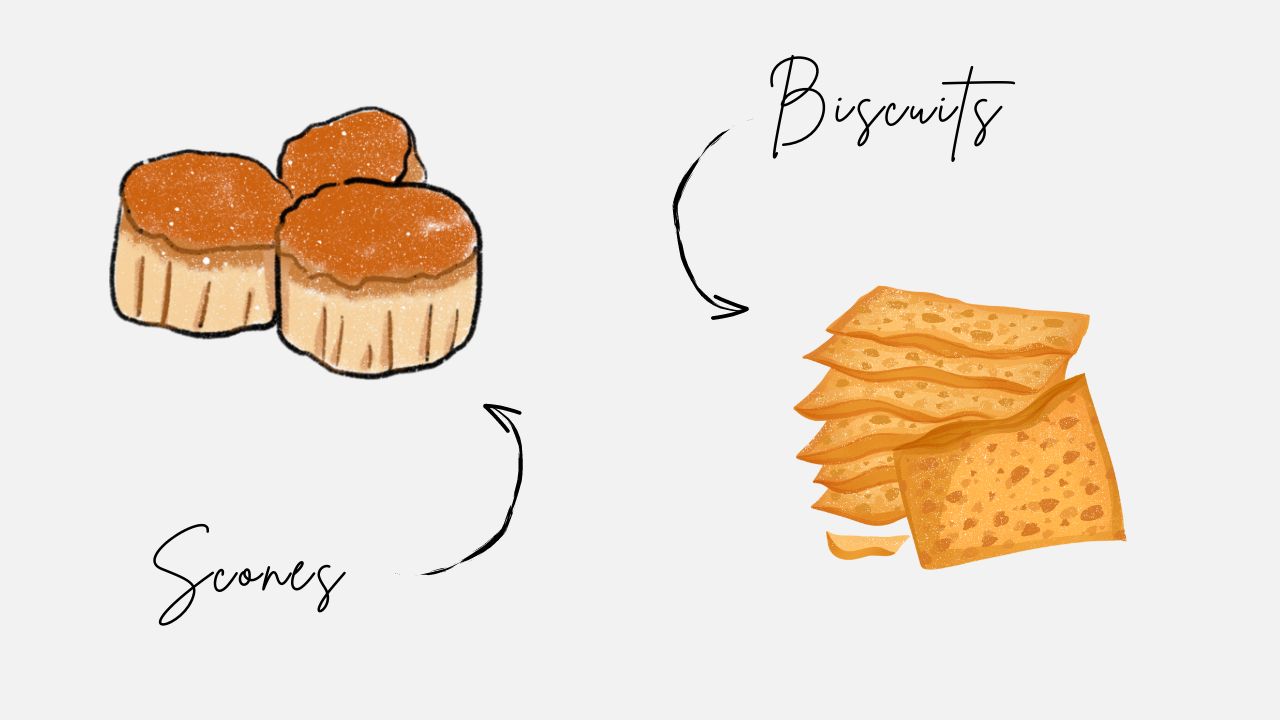
The difference between them? The biscuit and scones both have British ancestry. They are both quick bread and have a fundamental grain, fat, and liquid base. Today, scone recipes contain eggs whereas biscuit recipes do not.
How To Make Scones
Ingredients
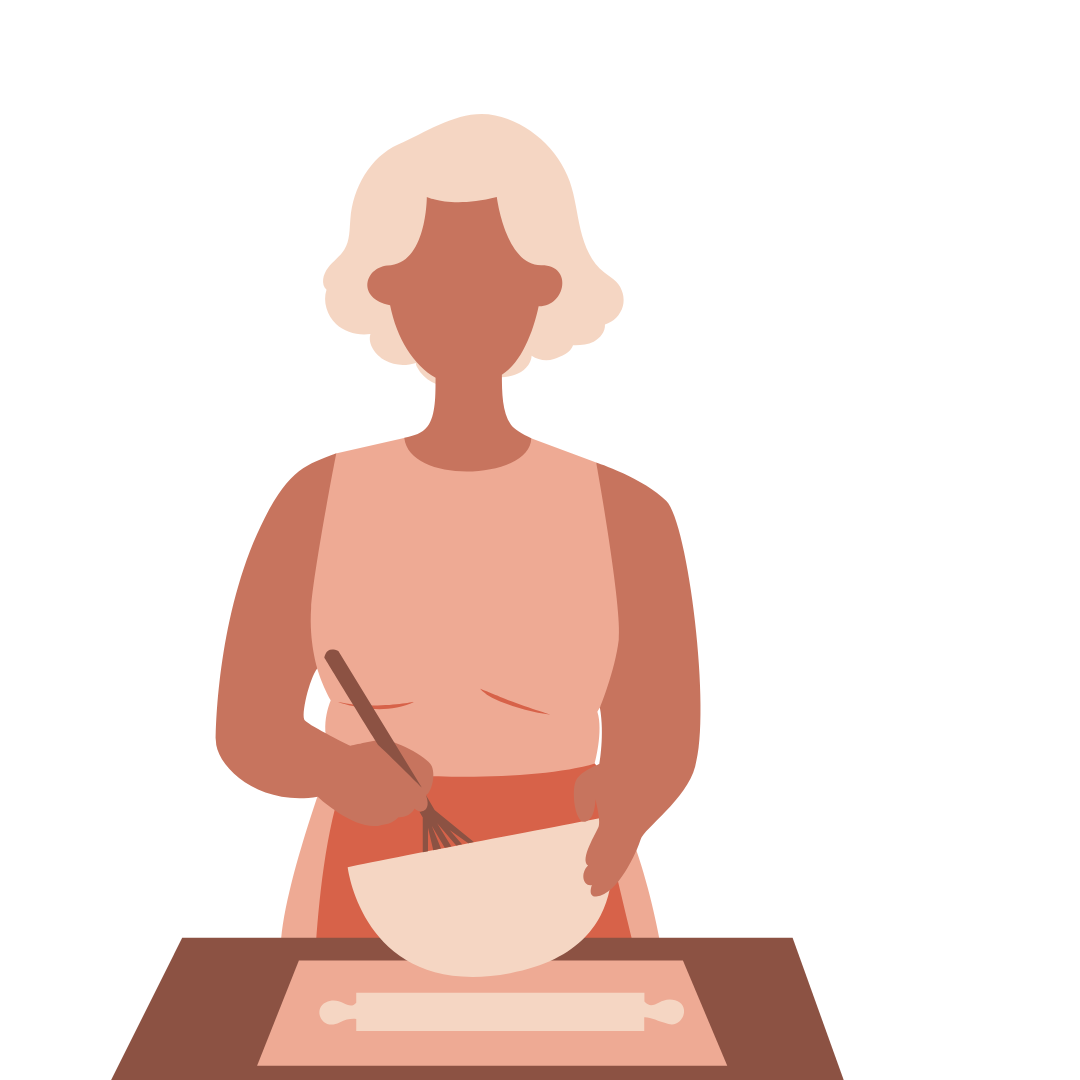
- 2 cups of all-purpose flour. Leave some extra for the work area and your hands.
- Sugar: For this scone batter, use around 1/2 cup of sugar. Feel free to reduce the amount somewhat. However, keep in mind that the flavor and texture of the scones will change slightly. For savory flavors, reduce to around 2 tablespoons. Brown sugar or coarse sugar also works. If using brown sugar, mix it with the wet ingredients to remove any lumps.
- Baking powder: Increases lift.
- Salt to enhance the flavor.
- Butter: Aside from flour, butter is the most important ingredient in scones. It is in charge of flakiness, flavor, crisp edges, and rise.
- Heavy Cream or Buttermilk: For the greatest pastries, use a thick liquid. In general, you may use heavy cream, but you may also use buttermilk to add a little sour flavor. Avoid thinner liquids that have different flavors and appearances because this will lead to dry, bland, and flat scones.
- The egg provides flavor, lift, and structure.
- Vanilla essence is optional for sweet scones, but leave it out for savory scones. Another flavor-enhancing item to consider is cinnamon.
Steps How To Make Scones
This approach not only produces gorgeous fluffy cookies but also produces scones that are not rough and dry. This is a simple, plain scones recipe that will help you understand how to create traditional scones so you can use them for a range of modifications.
Whisk together all of the dry ingredients.
Whisk together all of the dry ingredients in a large mixing basin (this will be the bowl where your dough will be combined)
Mix the fat into the dry ingredients.
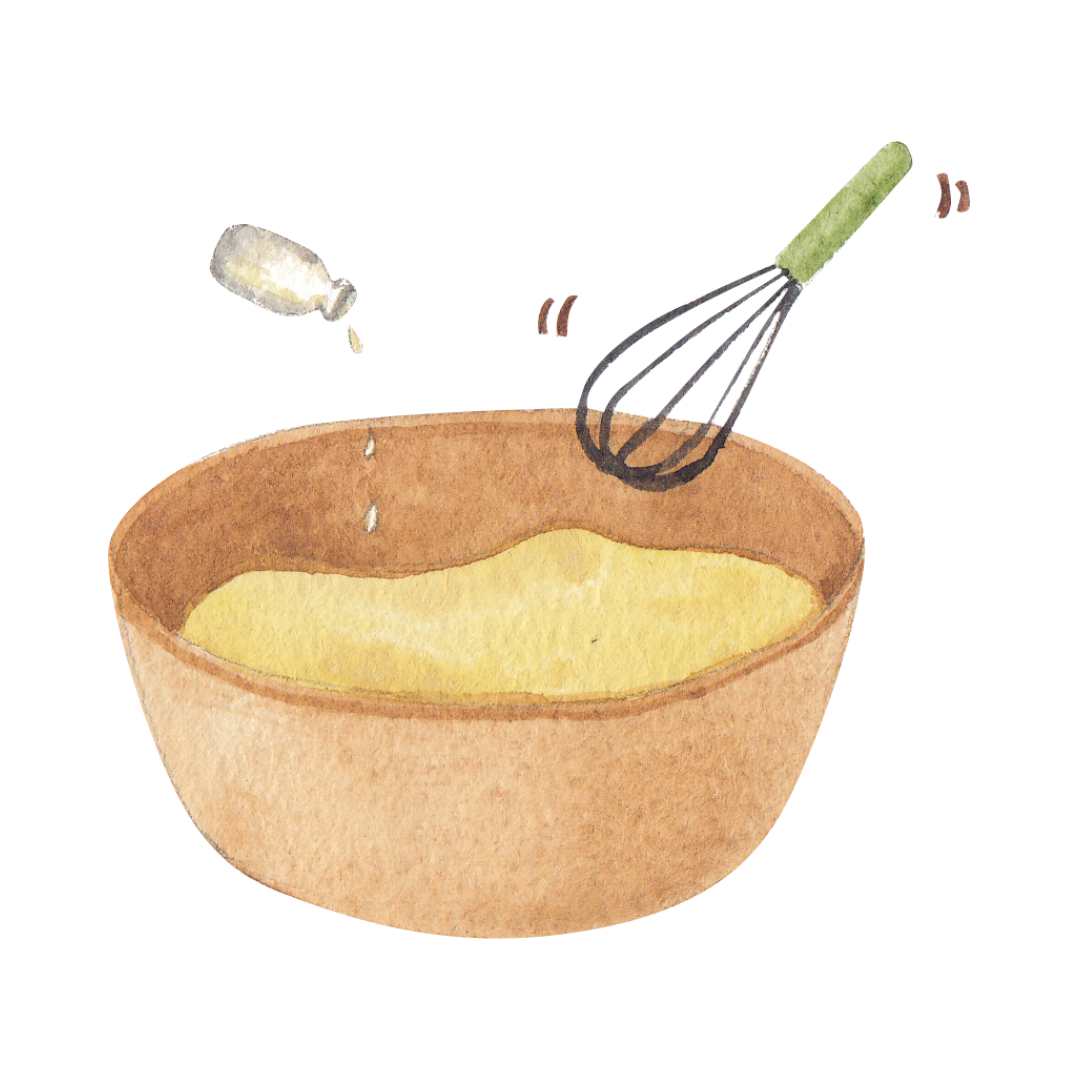
Begin with very cold fat, and cut into little pieces. Add the fat to the bowl and "cut" it into the dry ingredients. Do this with a pastry cutter or fork until it resembles a coarse meal.
The process of cutting in fat serves to coat the flour so that it will not overdevelop gluten once the liquid is added and it also evenly distributes pieces of fat throughout the dough so that little pockets of steam will be created when it bakes, creating flakiness.
Mix Your Add-Ins
Mix in any dried fruit, berries, chocolate chips, almonds, or other ingredients now, preferably before pouring the liquid, the add-in will be distributed throughout the dough. If you try to incorporate it after adding the liquid, you risk overworking the dough and producing tough scones and that is not what we desire!
Incorporate the liquid ingredients
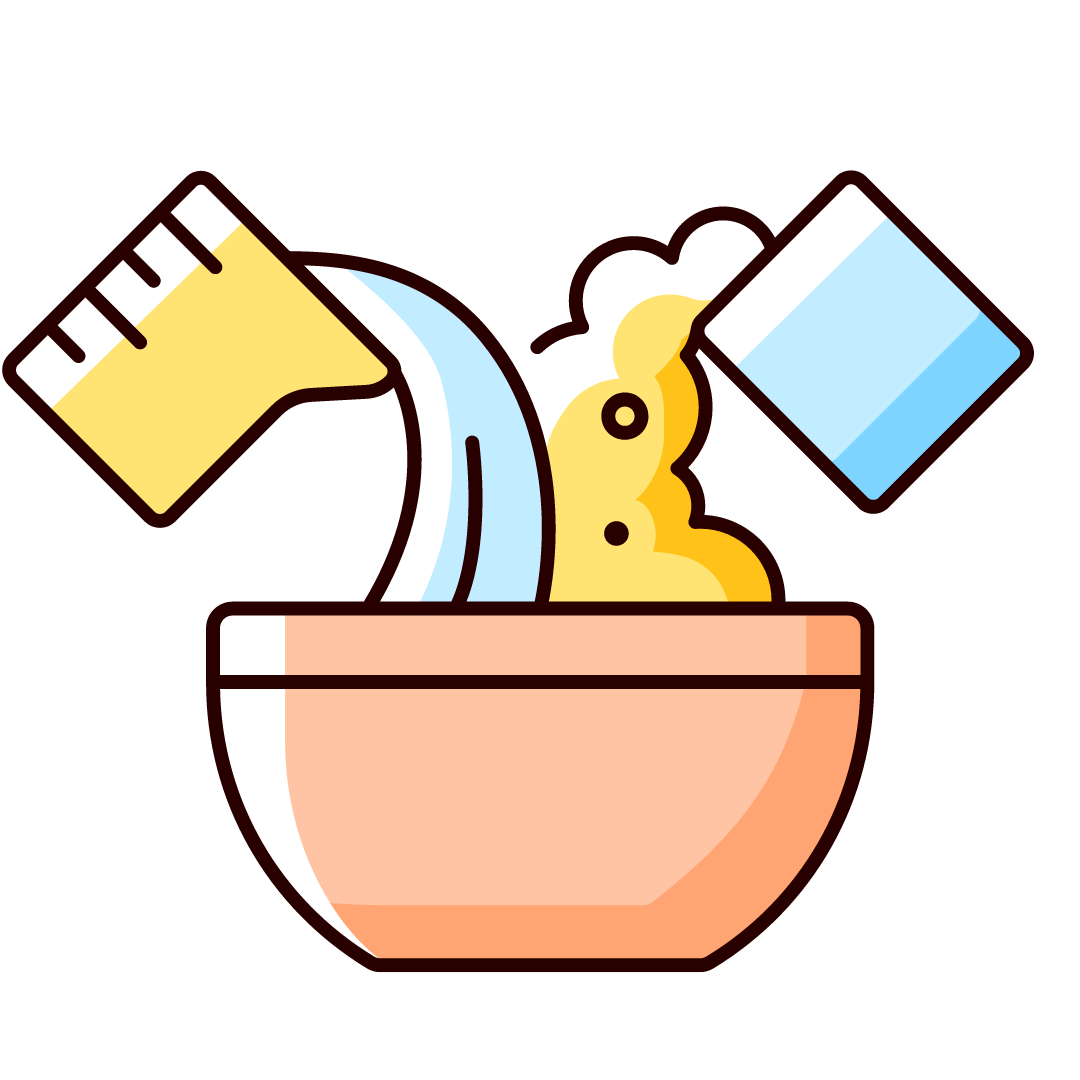
- Use 1/2 cup heavy cream and 1 large egg.
- This liquid will be approximately 3/4 cup in total because we desire a sturdier, denser crumb than a biscuit.
Recipe Note: Just a few turns of the spoon to absorb everything and then stop! This dough should not be over-mixed. Those gluten strands will begin to form as soon as the liquid is applied. This is to avoid crusty, chewy yeast bread so make sure to be extremely delicate!
- Combine the wet ingredients in a mixing bowl.
- Combine the wet and dry ingredients.
- The dough will be slightly crinkly.
Dough Folding
Make a few folds in the dough to produce a bit of an exterior crust. It also adds a bit of structure to the scones.
Fold the dough in half after pressing it out to about 1 inch thick. Repeat this technique for about 6 folds, turning the dough 90 degrees each time but be cautious with the dough, especially if you have breakable mix-ins.
Make the Dough
Without using a rolling pan, pat the dough out into a 1/2-inch thick layer using lightly greased hands and pat it into a circle and cut it into triangles. You can stamp out round pieces with a biscuit cutter.
Stamp it out
Alternatively, cut into triangles.
Bake the Scones
Place the scones on a baking sheet coated with parchment paper or a silicone baking mat and set aside. Brush the scones with cream. If preferred, generously sprinkle with turbinado sugar.
Bake till the top is golden brown. Serve hot with coffee or tea.
Tips for Making Perfect Scones
- Avoid using thinner milk, which results in a flatter, less flavored scone. Canned coconut milk is an excellent non-dairy substitute!
- Use Grated Frozen Butter
- Refrigerate Before Baking: A chilled dough is a successful dough. Chill the formed scones in the refrigerator for at least 15 minutes before baking. This is to minimize over-spreading.
Pro-tip: To avoid flat-baked scones, make sure to follow tips 1 and 2
Scone Flavors You Need to Try
Cherry Chocolate Chip
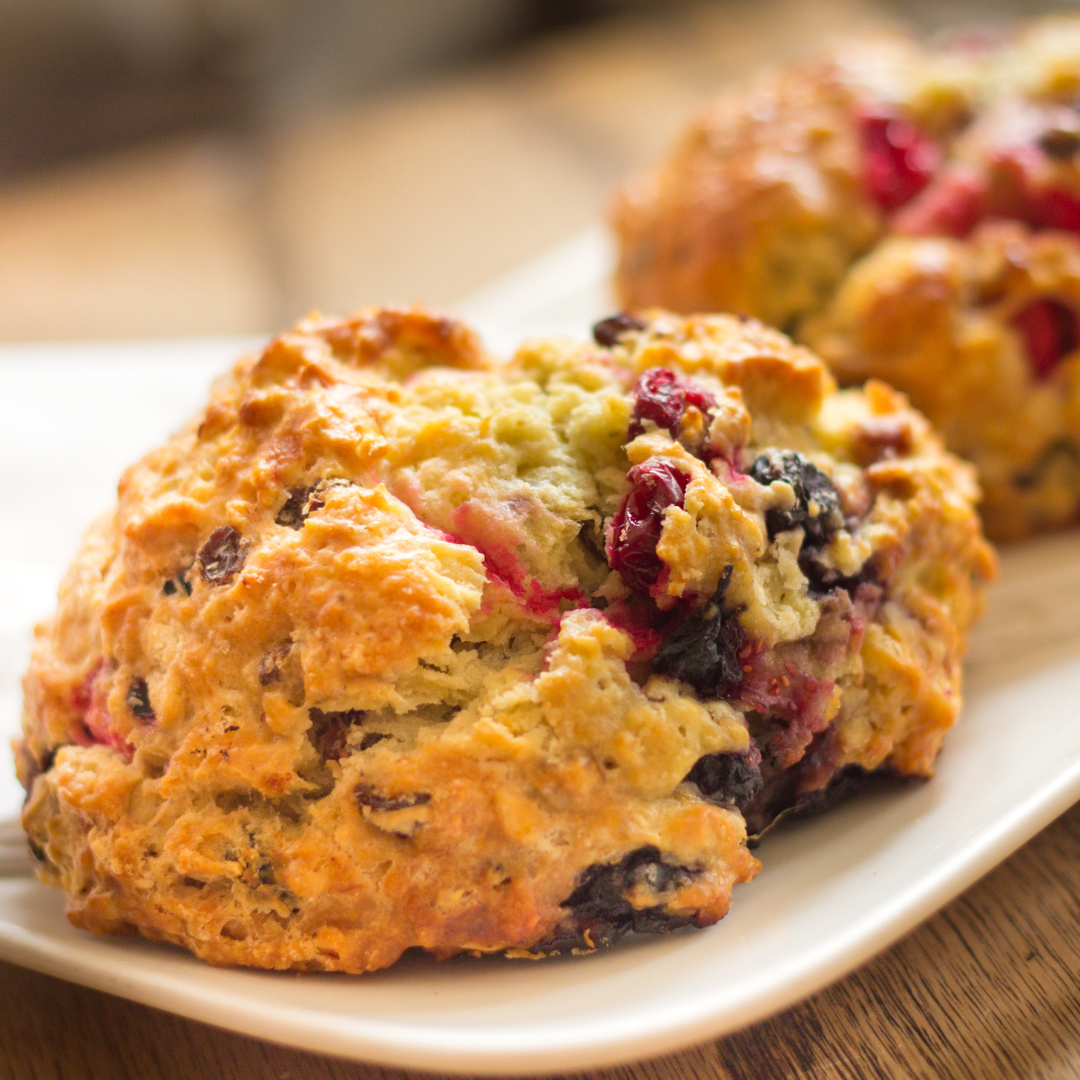
Follow the recipe for scones above and add these:
- 3/4 cup semi-sweet chocolate chips
- 3/4 cup chopped fresh or frozen cherries.
Fresh Herb
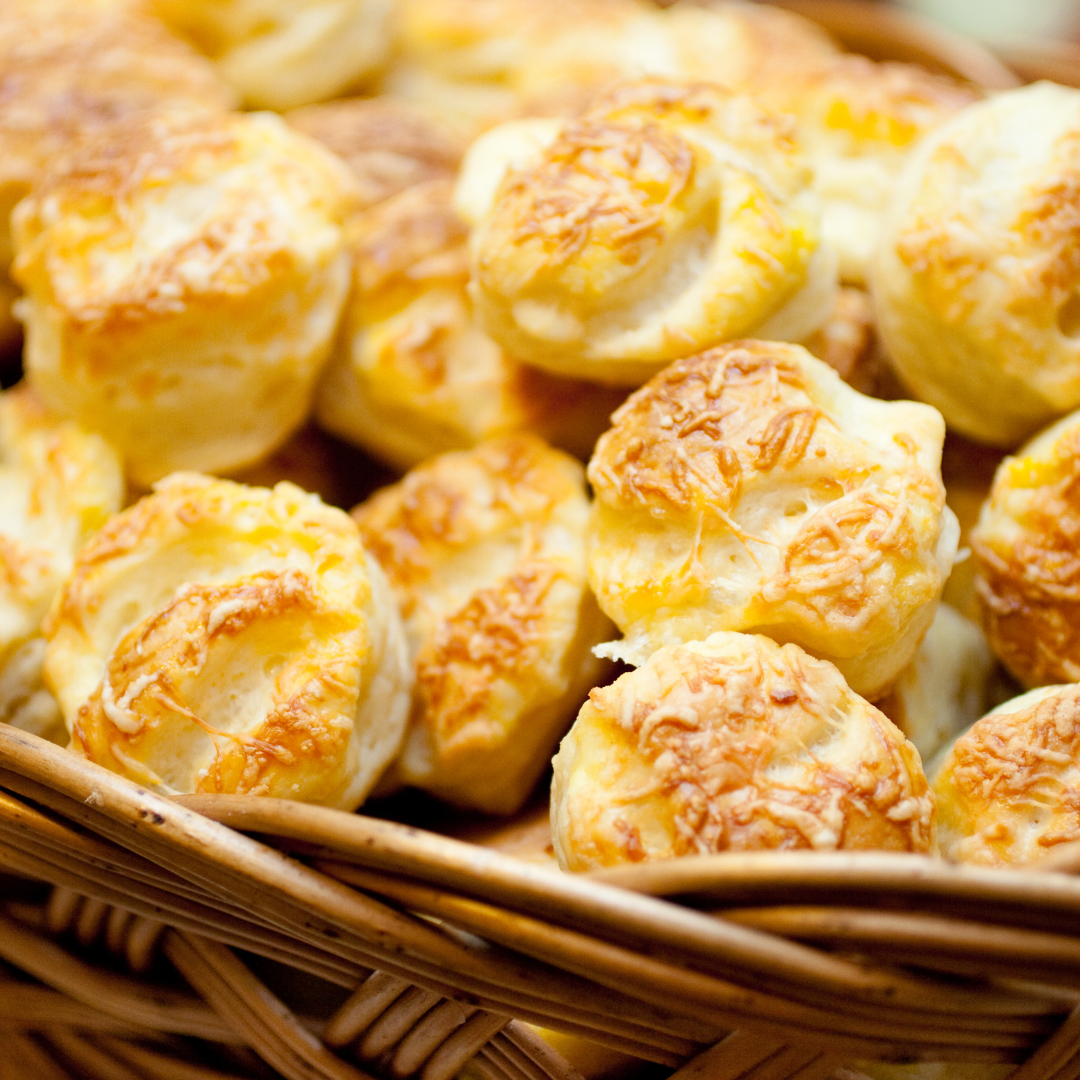
- Reduce the sugar to 2 tablespoons, omit the vanilla extract, and replace it with 2 minced garlic cloves, 1/2 teaspoon powdered black pepper, and 1/2 cup chopped herbs like rosemary, parsley, and basil. You may also add 1 cup of shredded cheese to the dough and sprinkle it with sea salt before or after baking!
- Toss in your favorite add-ins! Add toppings such as white chocolate chips, toasted nuts, sweetened or unsweetened coconut, dried cranberries, peanut butter chips, and so on, using the basic recipe as a starting point. Blot any moist ingredients, like diced peaches, with a paper towel before adding them to the dough. Top with lemon curd, raspberry sauce, or any of your favorite toppings.
More Flavors To Try
- Blueberry Scones and Chocolate Chip Scones
- Cranberry Orange and Pumpkin Scones
- Banana Scones and Lavender Scones
- Raspberry Almond Buttermilk Scones
- Soda Scones
- Lemon Blueberry Scones and Sprinkle Scones
- Caramel Apple and Cinnamon Chip Scones
- Triple Chocolate Scones
- Strawberry Lemon Poppy Seed Scones
- Ham & Cheese Savory Scones
- Mixed Berry
- Cheese Scones
- Peach Scones

